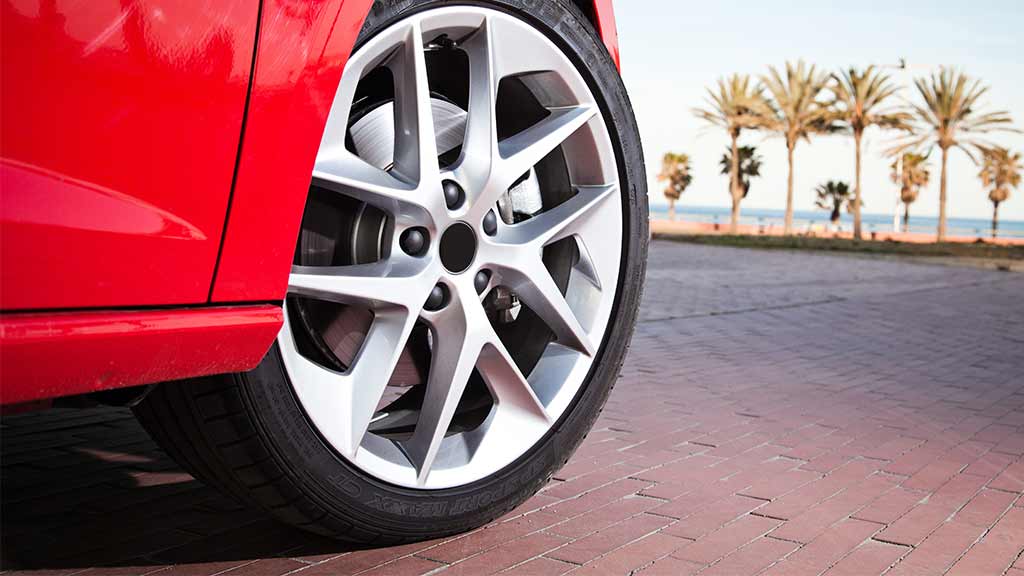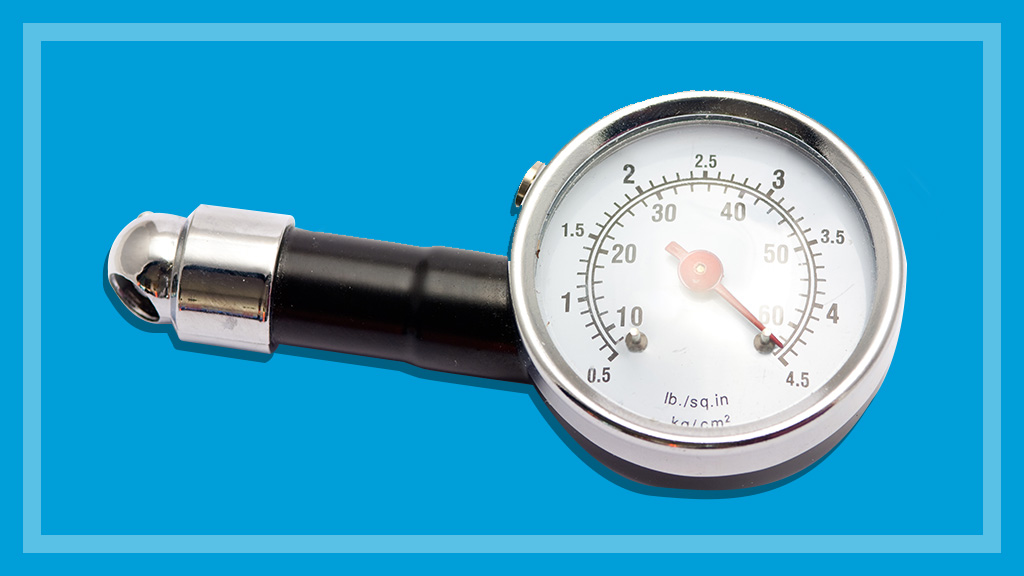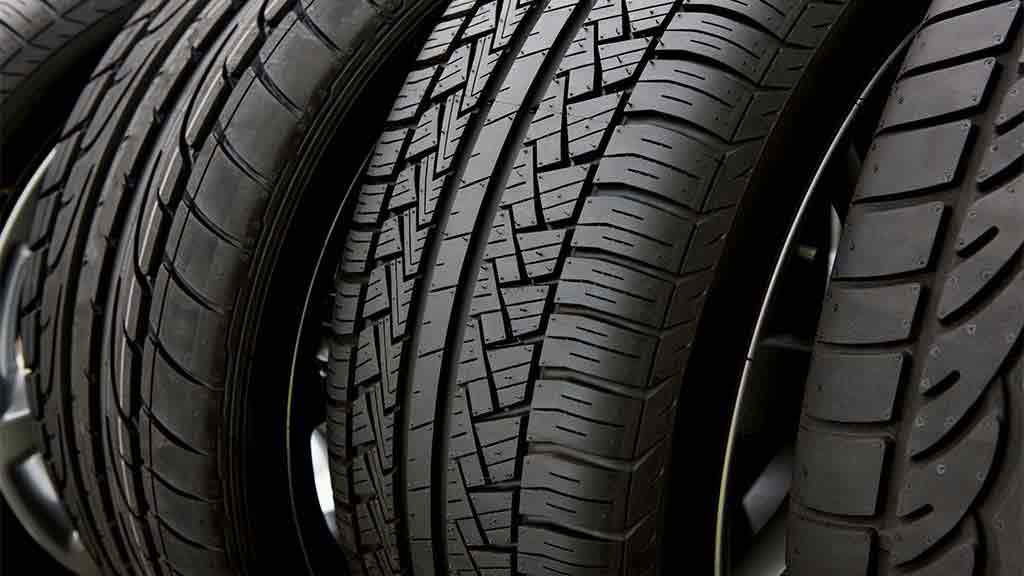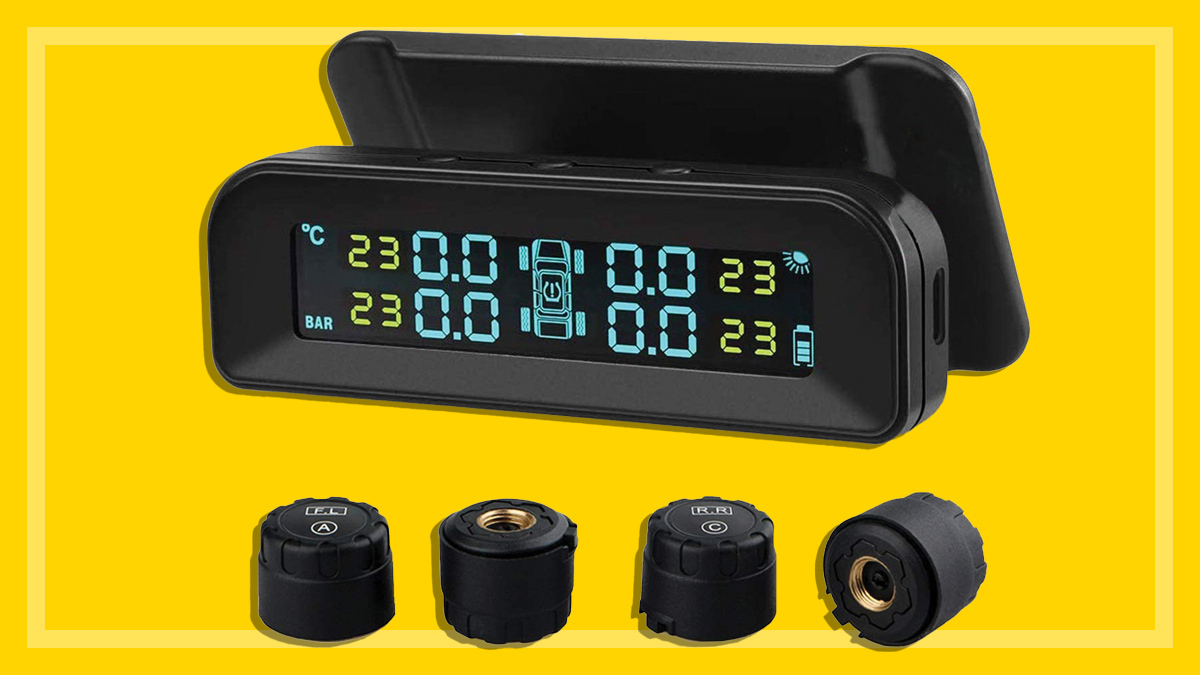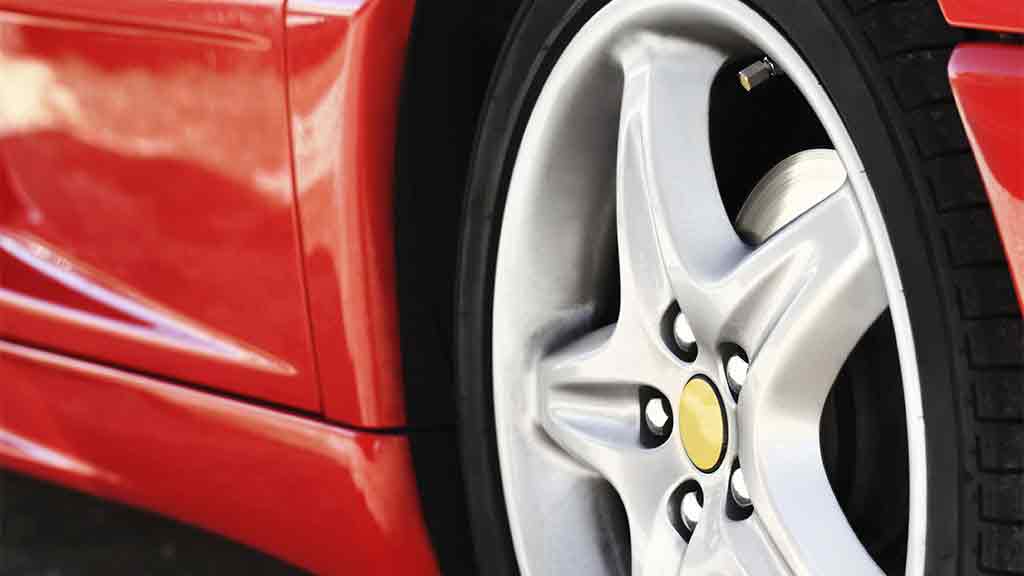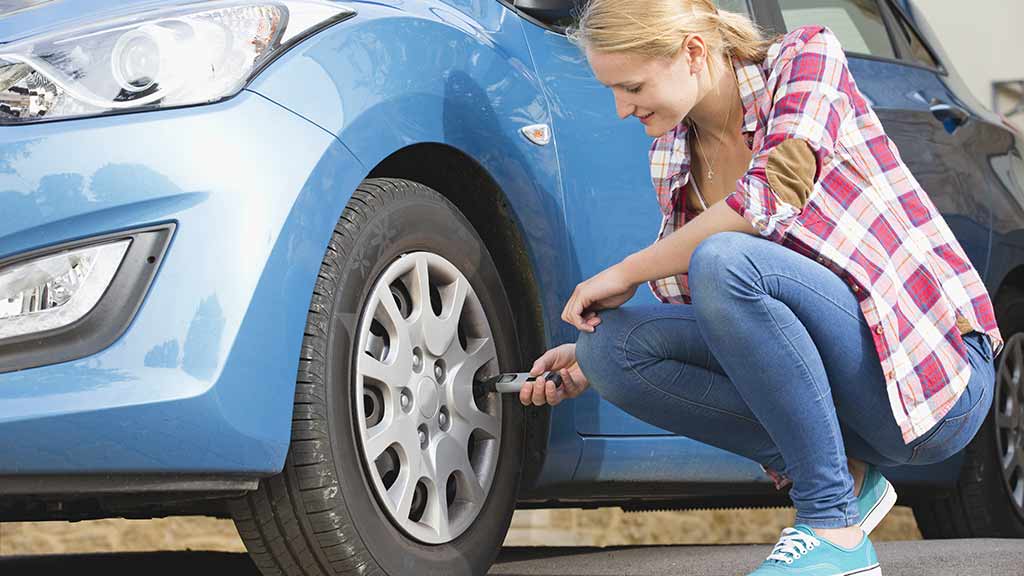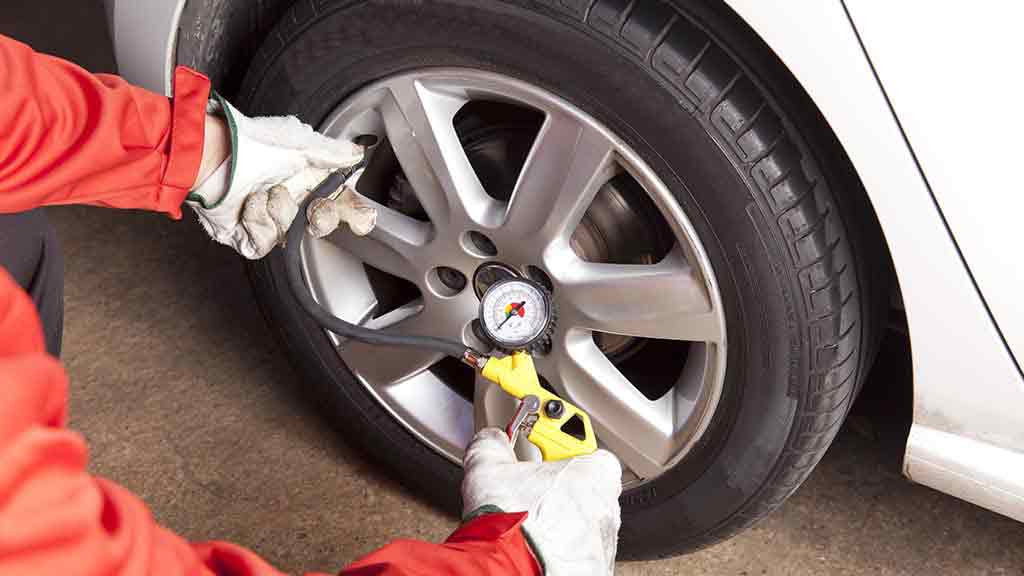Should you buy low-profile tyres?
Whether it's for performance or just for the look, more car owners are opting to get low.
Last updated: 7 Mar 2020
Once the preserve of high-end sports cars and after-market modifiers, low profile tyres are increasingly being fitted either as standard equipment or offered as an upgrade option on more mainstream vehicles. But are they right for your car?
What makes a tyre ‘low profile’
Low-profile tyres have less sidewall than other tyres, and therefore more wheel. Driving (ahem) the trend towards low-profile tyres is, quite simply, their superior performance. A proportionally wider contact area generally improves roadholding and braking. A shorter sidewall is stiffer and less prone to deformation when exposed to lateral G-forces during cornering, which in turn sharpens steering response.
And some people simply like the look of low-profile tyres – a larger wheel size can impart a sense of sportiness or prestige to a vehicle.
Many carmakers offer their vehicles with two or three different OEM (original equipment manufacturer) wheel sizes within a range, typically increasing the wheel size and decreasing the tyre profile as specifications improve.
The risks of low-profile tyres
Australian roads can be pretty rough. Your tyres, an integral part of your car’s suspension system, are on the frontline when it comes to dealing with humps, potholes and other irregularities. As the tyre profile reduces, so does the tyre’s ability to absorb and cushion bumps, which results in a firmer and less comfortable ride. At the same time, the chance of impact damage to the tyres, wheels and other components goes up.
Big car companies put millions into development and tuning, yet OEM options are not totally immune to these risks. Even more serious problems can occur in the aftermarket.
Because modern cars are engineered as complete systems, changing wheels and tyre sizes using non-OEM parts may upset the balance, and choosing sizes outside those specified on a vehicle’s tyre placard or service manual can be potentially dangerous or even illegal. Altering the overall diameter of your tyres can affect the calibration of your speedometer as well as your ABS, traction and stability control systems. State legislation governs the minimum and maximum sizes allowable for your type of car. If you want low-profile tyres, it’s worthwhile consulting an expert to make sure any planned changes comply with the laws in your particular state.
Should you get low-profile tyres for your car?
The upshot? If you’re considering changing your car’s tyre to a lower profile, you need to consider whether you want performance or comfort, or somewhere in between, and make sure any changes comply with the law.
However, if this is the size tyre that is fitted to your car then you should definitely stick to this size. They’re not ‘performance tyres’, but just the best performing tyres for your vehicle.
The ’45’ in the tyre number is the aspect ratio – any tyre with an aspect ratio below 50 is generally considered ‘low-profile’. See How to read a car tyre for more.
Related
Matthew Steen is the Director of Reviews and testing, which conducts all the testing content for CHOICE. He has worked for CHOICE for more than 20 years, from customer service to testing and content production.
Matthew is driven to work at CHOICE for its mission, and the people that it attracts, from staff to members, all dedicated to making Australia more fair, safe and just.
Matthew represents CHOICE as a council member on the Standards Australia Council. He is also responsible for ensuring CHOICE stays carbon neutral.
Matthew has a Bachelor of Humanities in Ethics from Queensland University of Technology.
Find Matthew on LinkedIn.
Matthew Steen is the Director of Reviews and testing, which conducts all the testing content for CHOICE. He has worked for CHOICE for more than 20 years, from customer service to testing and content production.
Matthew is driven to work at CHOICE for its mission, and the people that it attracts, from staff to members, all dedicated to making Australia more fair, safe and just.
Matthew represents CHOICE as a council member on the Standards Australia Council. He is also responsible for ensuring CHOICE stays carbon neutral.
Matthew has a Bachelor of Humanities in Ethics from Queensland University of Technology.
Find Matthew on LinkedIn.

